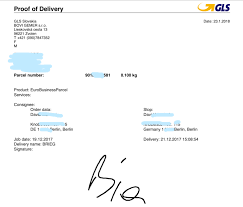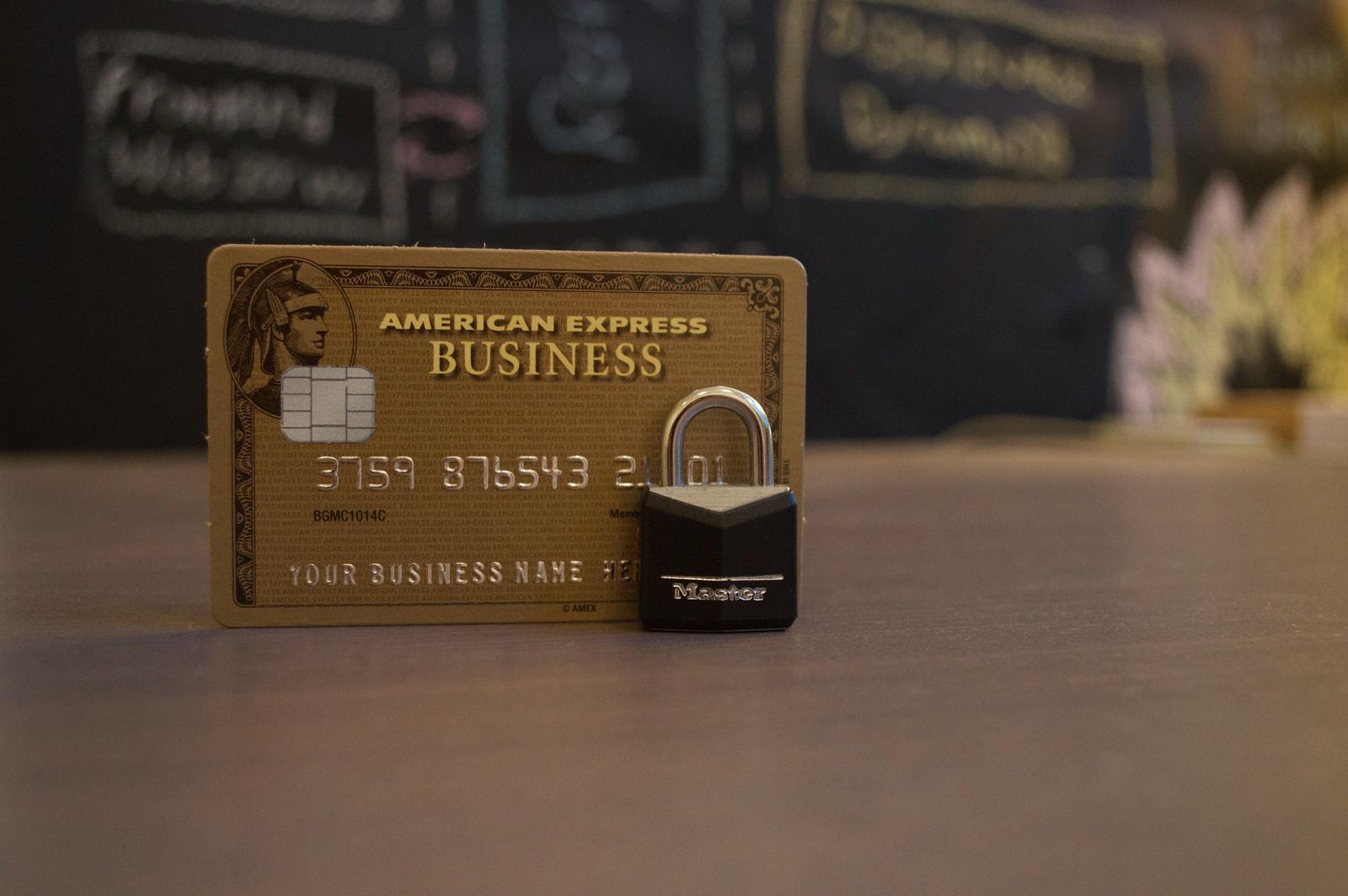Shoppers seem to be an ideal target for fraudsters, but the merchants are no stranger to fraud. Customers can’t shoplift from an online store, but fraudsters still target these stores to commit fraudulent activities. Therefore, merchants should know how to detect and prevent eCommerce fraud in order not to fall victim to fraudsters. If they don’t, their businesses will face many challenges, thereby hindering productivity.
Introduction to E-commerce fraud detection and prevention

Ecommerce fraud detection is a method that helps business owners detect high-risk transactions or any other risky activities going on on their site. Ecommerce fraud has intensely evolved in recent years. Sometimes they seem hard to detect. For store owners to protect their business, they should be updated about the common eCommerce fraud so that they do not fall victim to them. In addition, businesses should follow the latest fraud detection strategies to access potential risks.
To help prevent both you and your customers from becoming a victim of fraud, in this guide, we will share various best strategies to detect and prevent eCommerce fraud.
The Best strategies to use for eCommerce fraud detection and prevention
1. Conduct frequent site security audits
Merchants should frequently conduct site security audits to play it safe and be ahead of fraudsters. It helps you detect flaws in the security framework before the fraudsters target them. By conducting such audits often, it ensures the following:
- Figure out if communication between customers and store owners is encrypted
- Check if shopping-cart software and plugins are fully updated
- Ensures if the passwords used for FTP access, admin account, CMS, hosting dashboards, and database are strong digits
- Verify if online stores are backed up
- Verify if the SSL certificate is current, valid, and working
- Helps locate and remove inactive plugins
- Ensure that the online store is PCI-DSS-compliant (Payment Card Industry Data Security Standard)
- Confirm if store owners scan their website regularly for malware
2. Use anti-fraud solutions

Various anti-fraud software is made available today to detect and prevent eCommerce fraud. These tools are made to suit your needs and budget, and they also vary depending on how much labor is involved in the installation and ongoing management. Some businesses may go for a hands-on solution, while others prefer to leave it in the hands of professionals.
Some of the anti-fraud solutions available for eCommerce merchants include:
Anti-fraud tools for beginners:
These types of tools are built into shopping carts and eCommerce platforms. Plus, machine learning techniques are implemented to recognize fraudulent transactions. This is done using IP geolocation, device fingerprinting, valid email addresses, and address verification. These tools execute a specialized function at a time.
Mid-level anti-fraud tools:
These tools offer various features, including auto declining high-risk orders or purchases, Chargeback guarantees, account takeover protection, and guards of new account fraud detection.
Top-level anti-fraud tools:
These tools ensure that no legit order is rejected mistakenly by the software. In addition, it offers all the features other tools offer, including outsourced case management, policy abuse protection, automated decisions, loyalty fraud detection management, and manual review of doubtful transactions.
3. Require Card Verification Value (CVV) numbers for all purchases
Card Verification Value (CVV) is a three or four-digit code written on the credit and debit cards that Shoppers require to complete their purchases. Ensuring shoppers supply their CVV code for each transaction they make shows that the credit card is in the customer’s possession. However, merchants are not approved to keep customers’ CVV data as it is considered illegal. In this way, fraudsters can’t get a hand on the CVV code unless the credit card is physically in their possession, thereby reducing the chances of e-commerce fraud.
4. Monitor your site for suspicious activity
Ecommerce merchants can prevent these fraudulent transactions or activities by being extremely vigilant of any suspicious activity in their store. Accounts can be monitored for some red flags like; shipping information, customer’s actual location, and inconsistency in billing. However, some tools can be used by merchants to track customer IP addresses and alert them if the address points to countries with a high number of fraudsters. Also, regular site monitoring protects store owners from potential fraud that can be a big blow to the business in the future.
5. Avoid collecting excessive customers sensitive data
As hackers can’t steal the information or data you do not have, not collecting customers’ sensitive information is an effective way to protect an eCommerce business from a data breach or hack. However, store owners should collect the sole details they need to complete a purchase as this help their business remain intact and safe even in a case of a breach.
6. Use hypertext transfer protocol secure (HTTPS)
HTTPS is a safe and secured version of HTTP. It helps prevent eCommerce stores from easily broadcasting their transaction data and other sensitive information and being viewed by fraudsters. This preventive measure is considered effective against common e-commerce frauds.
7. Cross-check that the IP address and credit card address match

Any order placed on an eCommerce store has a unique IP address. Merchants can detect the region or city of customers using the IP address. Cross-check if the city or region matches the address of the credit card used. If it doesn’t match, it could be a red flag for the transaction.
8. Set limits on purchases
Scammers tend to use stolen credit cards to purchase in an online store, usually a high order quantity. Therefore, ecommerce merchants can limit the number of purchases and aggregate dollar value to accept from an individual account per day based on revenue trends and order type. This preventive measure helps keep out fraudsters from your store and reduces the merchant’s exposure to loss should any unforeseen fraud occur.
9. Collect proof of delivery

Refund fraud frequently happens when shoppers cannot receive the product they purchased. Lots of merchants face this problem. Store owners should work with trusted and legit shipping carriers to provide delivery proof. The customer’s signature or photo of the delivered parcel can be used as proof of delivery, which helps avoid return fraud.
10. Build a blocklist
Keeping scammers out from your store once doesn’t mean they won’t be back with more and improved fraudulent acts. For example, fraudsters can change all their information, such as name, credit card, and shipping address, thereby tricking merchants into thinking they are the right customers. However, having a blocklist in your online store prevents fraudsters from repeatedly committing fraud. Using a blocklist, any purchase with details that matches the details in the blocklist is blocked automatically.
Conclusion
As the adoption of eCommerce business grows, the pattern of fraud also increases. Therefore, it would be a great benefit for online business owners to implement the necessary preventive measures to avoid or reduce the impact of fraud in their stores.








